Smart Ultrasonic Parking Sensor
Modern parking management demands high precision and real-time data — something traditional sensors often fail to deliver. To address this, Macnman Technologies deployed Ultrasonic Car Parking Sensors that use high-frequency sound waves to detect vehicle presence with superior accuracy.
These sensors are surface-mounted, require no complex infrastructure changes, and seamlessly integrate with LoRaWAN or Wi-Fi networks for real-time space occupancy updates. Designed for both indoor and outdoor environments, they offer a cost-effective, reliable, and scalable parking automation solution.
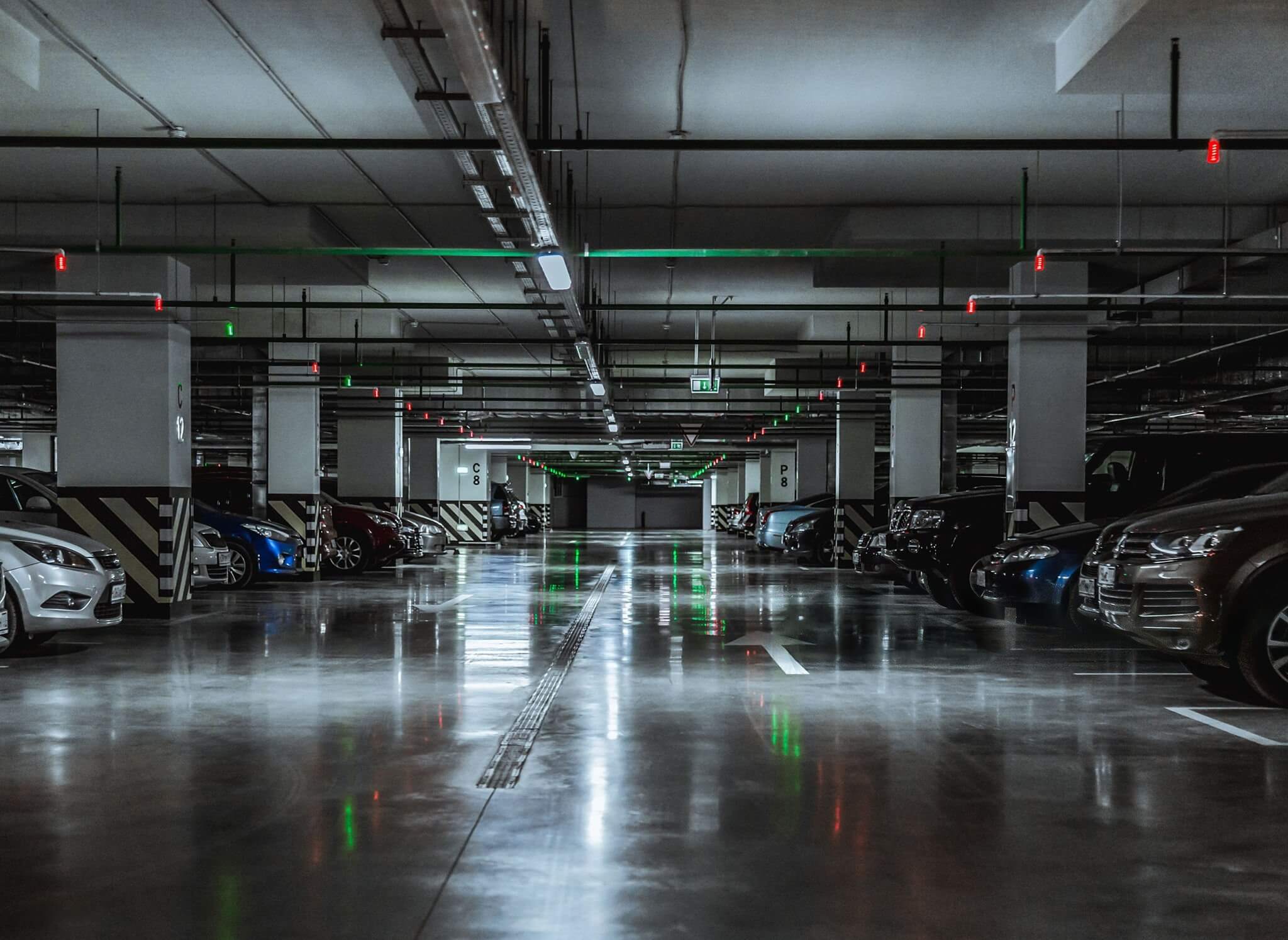
Problems : Challenges in Traditional Car Parking Systems
Before implementing Macnman’s ultrasonic smart parking solution, most parking facilities struggled with inaccurate detection, inefficient operations, and high maintenance costs.

Unreliable Vehicle Detection Accuracy
Traditional sensors often failed to detect vehicles accurately during rain, dust, or high sunlight—causing false occupancy readings.

No Real-Time Space Monitoring
Without live updates, drivers and facility managers couldn’t track space availability, leading to congestion and poor space utilization.

High Maintenance and Calibration Needs
Regular calibration, sensor misalignment, and wear made the system expensive to maintain and prone to downtime.

Scalability Limitations
Legacy parking solutions lacked IoT connectivity, making it impossible to sync data with centralized dashboards or cloud platforms.
Proposed Solution: Smart Ultrasonic Car Parking System by Macnman
To overcome detection inaccuracies and manual supervision issues, Macnman Technologies introduced an advanced Ultrasonic Smart Parking Sensor System powered by IoT and real-time data connectivity.
- 01
Ultrasonic Sensor-Based Detection
Each parking slot is equipped with a high-precision ultrasonic sensor that detects vehicle presence with centimeter-level accuracy.
- 02
LoRaWAN-Based Communication
Data from each sensor is wirelessly transmitted using LoRaWAN, ensuring long-range, low-power, and interference-free communication.
- 03
Real-Time Data Dashboard
A centralized cloud dashboard displays live parking occupancy, availability, and alerts, accessible from any device.
- 04
Seamless Integration with Existing Infrastructure
The system is surface-mounted, eliminating the need for complex cabling or civil work, allowing for easy retrofitting in existing parking lots.
- 05
Low Power and Maintenance-Free Design
Designed for extended field life, the sensors consume minimal power and require little to no maintenance.
- 06
Smart Alerts and Analytics
Facility managers receive occupancy reports, parking trends, and fault alerts to optimize operations and maintenance schedules.
LoRaWAN Based Parking System Architecture: How Macnman’s Ultrasonic Parking Network Works

Deployment: Smart Ultrasonic Parking System & Existing Infrastructure
To bring the ultrasonic parking system to life, Macnman Technologies deployed a reliable and scalable IoT network that required minimal infrastructure changes while ensuring maximum performance.

Macnman Ultrasonic Parking Sensors
Installed at each parking slot to detect vehicle presence with high accuracy using ultrasonic distance measurement.
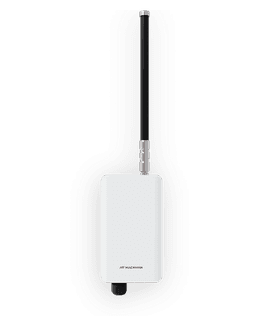
Industrial LoRaWAN Gateways
Positioned at central locations to collect data from all nodes and forward it securely to the cloud platform.

Central Monitoring Dashboard
Provided operators with live status, historical data, and performance analytics for parking utilization and sensor uptime.
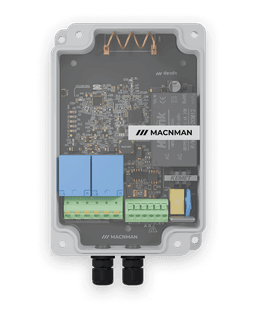
Cloud Integration & Automation
Enabled remote access and automatic alerts for occupancy changes, ensuring efficient traffic flow and management.

Challenges in Deploying LoRaWAN Communication for Solar Cleaning Robots
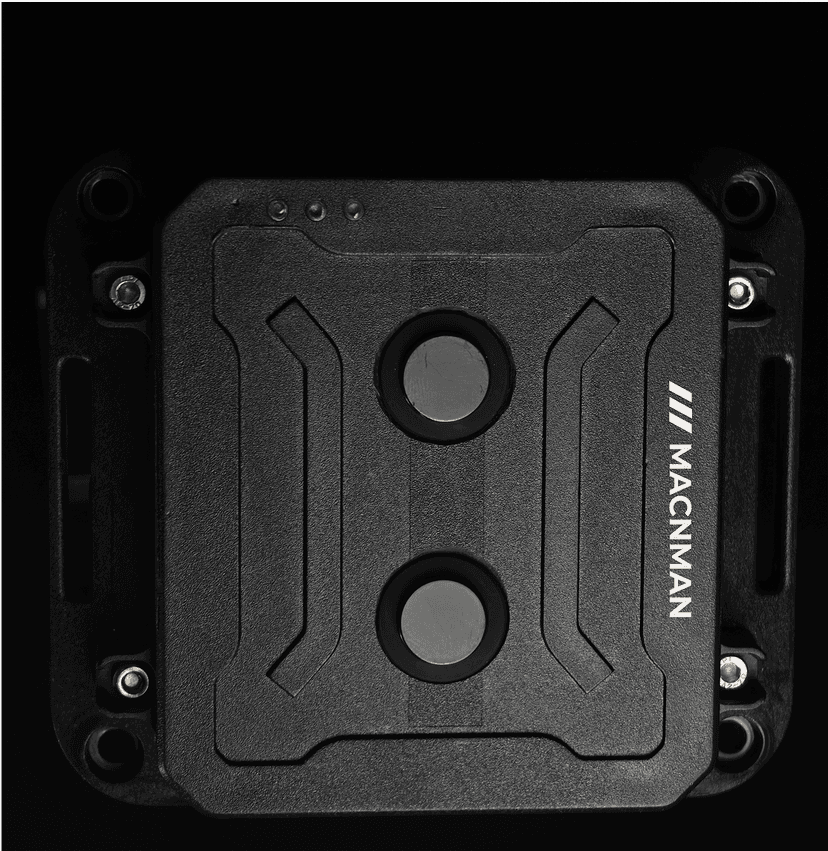


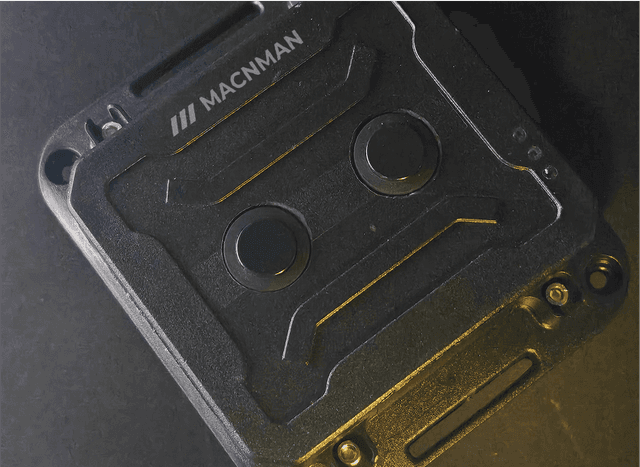
Sensor Calibration in Varied Environments
Ensuring accurate detection despite differences in vehicle height, surface reflection, and weather conditions.
Power Management for Outdoor Nodes
- Designing efficient power systems to support 24/7 operation with minimal maintenance.
Data Accuracy and Latency
- Achieving near real-time response between vehicle detection and dashboard updates without packet loss.
Installation Flexibility
Reducing deployment complexity by using surface-mount sensors to avoid civil infrastructure modification.
Validation and Testing of LoRaWAN Ultrasonic Smart Parking System
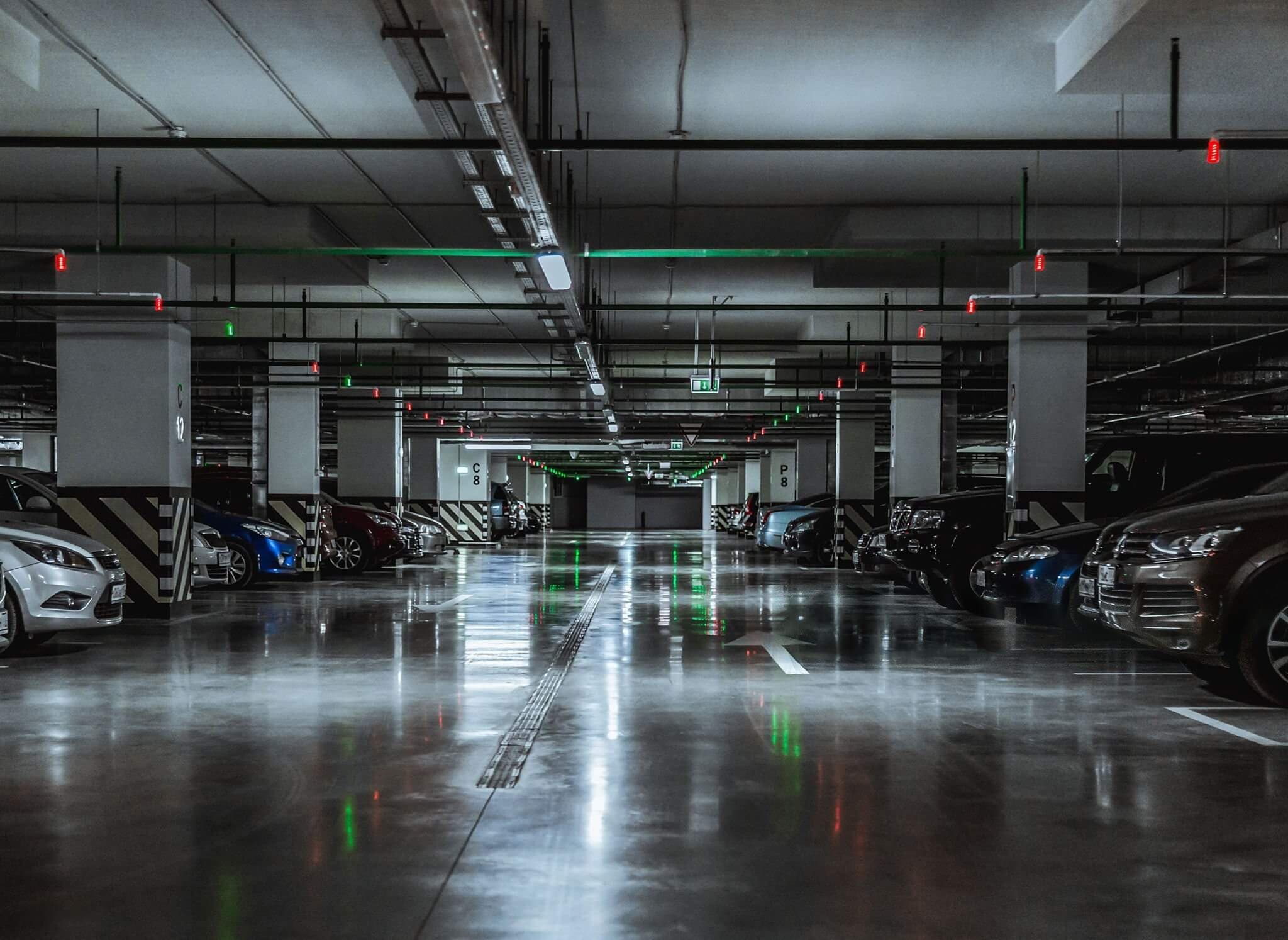
Accuracy Verification
Each sensor was tested under different vehicle heights, lighting conditions, and surface types to ensure consistent distance measurement.
Environmental Endurance
Sensors were validated for dust, rain, and temperature fluctuations, meeting IP67 industrial standards for outdoor performance.
LoRaWAN Communication Testing
The entire network was tested for low-latency data transfer, ensuring real-time updates to the monitoring dashboard.
Integration Validation
The sensor data was cross-checked with parking management software to verify seamless synchronization and alert accuracy.
Impact of Ultrasonic Smart Parking Deployment

Optimized Space Utilization
Real-time occupancy data allowed operators to maximize every parking slot efficiently.
Reduced Traffic Congestion
Drivers spent less time searching for parking, significantly improving on-site traffic flow.
Lower Operational Costs
- Automated monitoring reduced the need for manual supervision and minimized maintenance efforts.
Improved User Experience
Instant availability updates and indicator lights made parking faster and frustration-free.
Conclusion: Transforming Parking with IoT and Ultrasonic Sensors

The deployment of Macnman’s Ultrasonic Car Parking Sensors brought a new level of efficiency, visibility, and automation to parking management. By combining real-time monitoring, reliable LoRaWAN connectivity, and intelligent data insights, facility operators can now optimize space usage, reduce congestion, and enhance the overall user experience — all while lowering operational costs.
This project highlights how IoT-powered smart parking solutions can turn traditional parking lots into highly efficient, data-driven spaces.
Discover how Macnman IoT solutions are transforming industries



